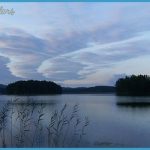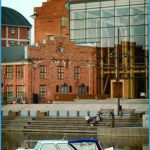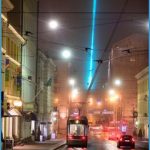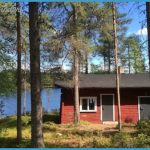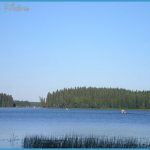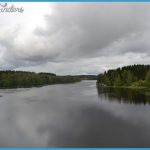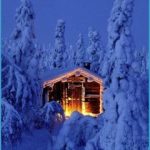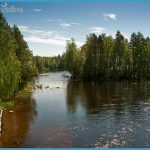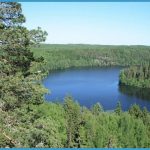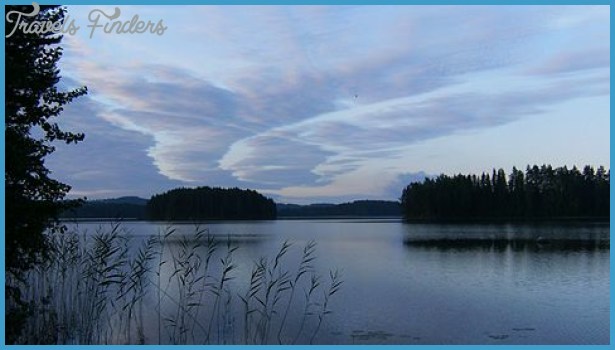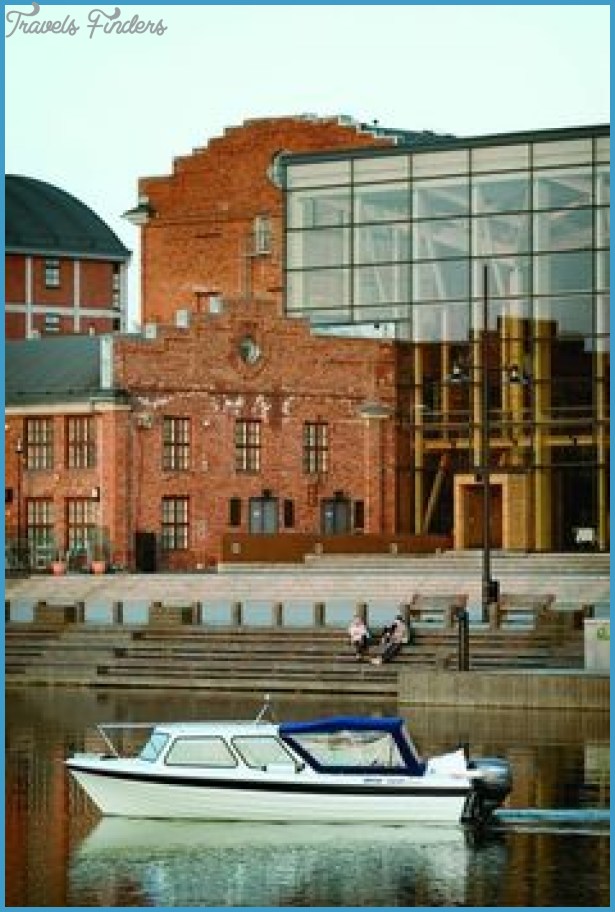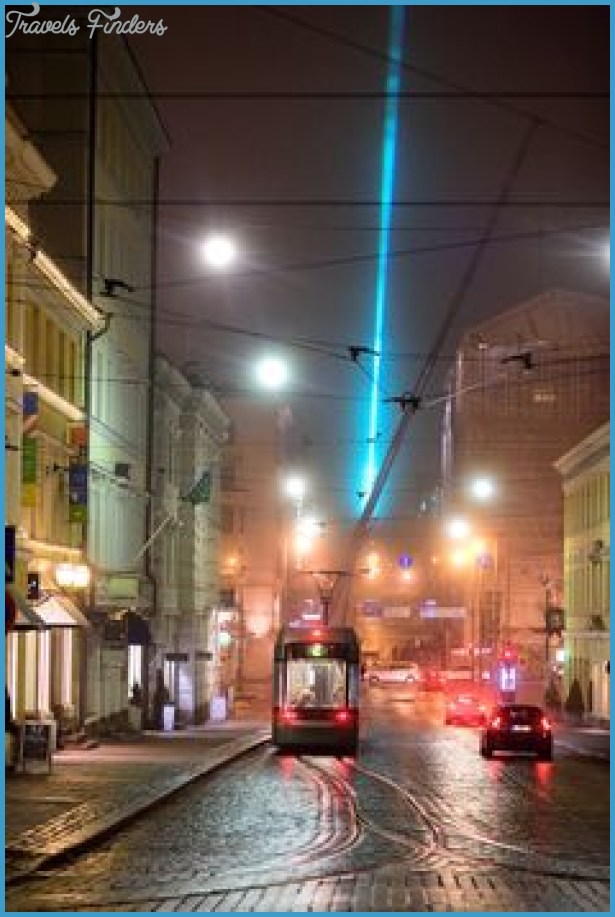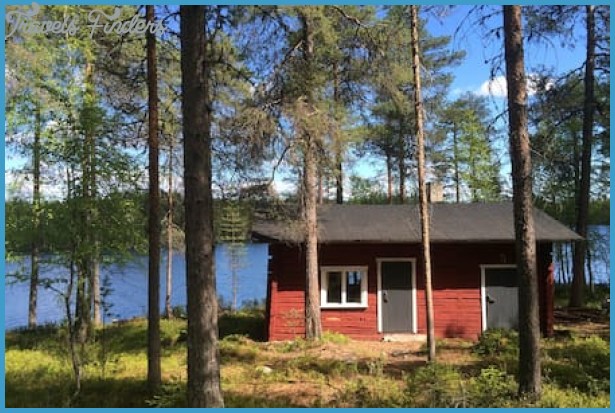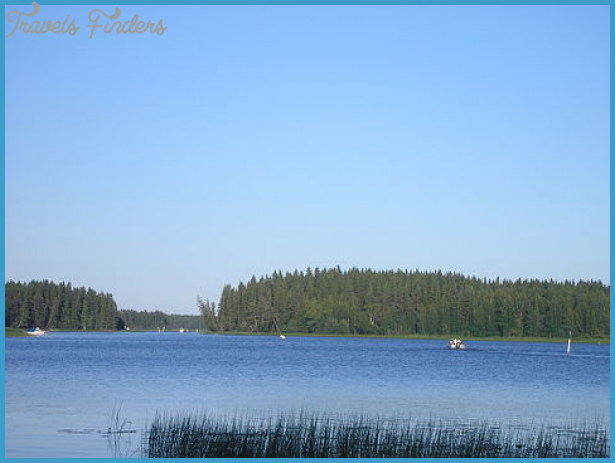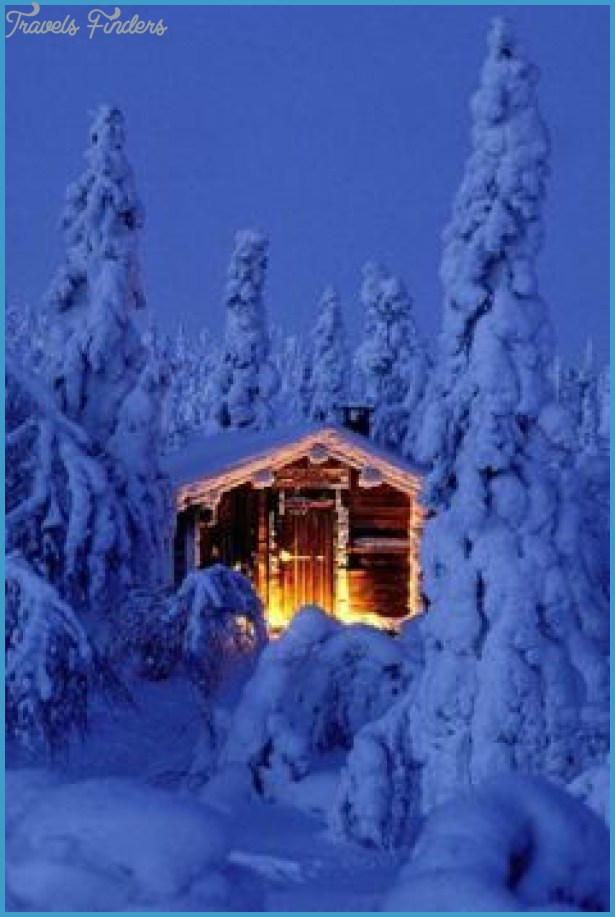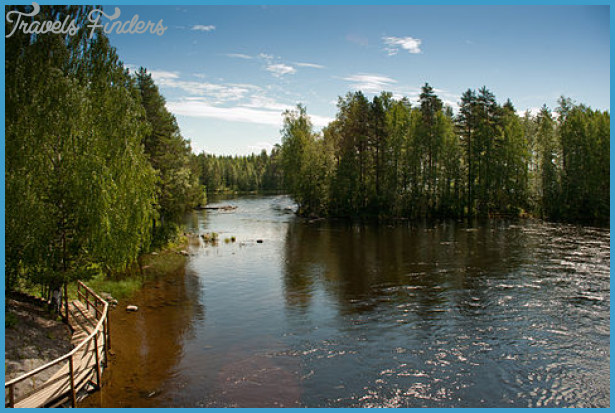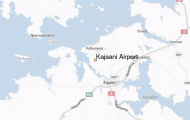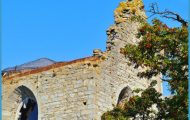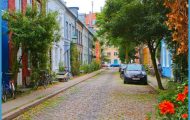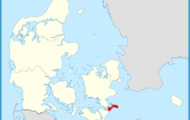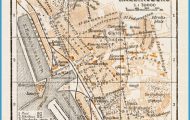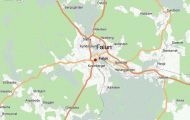Province: Hameen laani (Tavastehus lanHame). Altitude: 90 m. Population: 100,000.
Postal code: SF-15100. Telephone code: 918. Lahden Kaupungin Matkailutoimisto
(Municipal Tourist Information Office), Kaupungintalo (Town Hall); tel. 18 25 80.
HOTELS. Lahden Seurahuone, Aleksanterinkatu 14, 210 SP; Musta Kissa, Rautatienkatu 21, 180 Lahti, Hameenkatu 4,164 Vatakulma, Rauhankatu 14, 150 Jukola, Hameenkato 20, 180 Lahden Kauppahotelli, Rautatienkatu 12, 60 b. outside the town: Tallukka, Tallukantie 1, Vaaksy, 285 SP; Kartanohotelli Messila, 98 Mukkulan Kesa-hotelli, Ritaniemenkatu 10, 200 b. (May-August).
EVENTS. Finlandia Cross-Country Ski Race (February); Salpausselka Winter Games (March); Skating Marathon (March); International Organ Festival (August).
Lahti lies in wooded hills 100 km (60 miles) NE of Helsinki, on the NW fringe of the Salpausselka ridge, near the Send of the 24 km (15 miles) long Vesijarvi (alt. 82 m (269 ft); area 113 sq. km 44 sq. miles). Finland’s fifth largest town, Lahti owes its rapid rise in prosperity to its excellent geographical situation and good communications. It is now an important industrial town (several large furniture factories; glass, textiles, metal-working, electrical goods), and also a popular winter sports resort. It has a powerful radio transmitter and an Academy of Music.
SIGHTS. The central feature of the town is the large Market Square (Kauppatori), surrounded by commercial buildings. There is a wooden church (1 890) on the N side. At 4 Kirkkokatu stands the new
Central Church (Alvar Aalto, 1 978). In an old manor-house at the W end of Kirkkokatu is housed the Historical Museum, which includes pictures, prehistoric material, etc. from the museum of Viipuri (now Vyborg, in the Soviet Union). To the S of the Market Square is the Town Hall (E. Saarinen, 1912), and nearby the Freedom Monument com-
Water tower, Lahti memorates the liberation of the town from Communist commandos. NW of the Town Hall is the Concert Hall (1 954).
A short distance SE of the Town Hall, at the station, is a monument to Marshal Mannerheim (by Veikko Leppanen, 1959).
SW of the Market Square, at 5 Harjukatu, is the Orthodox Church (1 954), a copy of the church ofthe Prophet Elijah in Viipuri.
To the NE, at 1 llmarisentie in the Metsapelto district, is the Joutjarvi Church (by Unto Ojonen, 1962). Other features of interest are the Museum of Art (Vesijarvenkatu 11), the Radio Museum and the Skiing Museum.
SURROUNDINGS. In the Kiverio district stands the 50 m (165ft) high Water- Towe-(Mustankallioumaki; cafe at 40 m 130 ft). To the W of the town is the Skiing Stadium, with a 90 m (295 ft) high ski-jump (viewing platform) and three smaller jumps (70, 35 and 25 m 230,115 and 80 ft), cross-country ski runs and a floodlit sawdust run 1000 m (1100 yds) long,
11 km (7 miles) NW of Lahti we come to the hill of Tlirismaa (223 m (732ft): radio transmitter), a skiing resort with two ski-lifts and a slalom run. This is a foothill of the Sapausseka ridge, which runs along the S side of the lake district of central Finland and extends 550 km (340 miles) NE into Karelia. 5 km (3 miles) N, on the E side of Vesijarvi, is the Mukkula recreation and holiday resort, 6-5 km (4 miles) NE on the road to Heinola the Takkula recreation area, and 8 km (5 miles) NW, on the W side of Vesijarvi, the Messia holiday resort.
8-5 km (5 miles) farther NW is Hollola, with a 14th c. church (medieval wood-carving). Nearthechurch isa local museum.
There is a hydrofoil service from Lahti to Jyvaskyla ( 153); the trip takes about three hours. A shorter trip (25 minutes) is to the Vaaksy lock. In summer there are also steamer excursions. There is a boat service from Lahti to Heinola ( 92).
Lapland Norway (Lapland), Sweden (Lappland), Finland (Lappi) and the Soviet Union (Laplandiya).
Lapland is the northern part of Scandinavia, extending over Norway, Sweden, Finland and the Soviet Union. It has a total area of about 260,000 sq. km (100,000 sq. miles). It slopes down toward the E from the Norwegian and Swedish mountains in the W, consists of treeless tundra and bog in the N, and is mostly forest-covered in the S.
Of the population (about 380,000) only 30,000-32,000 are true Lapps (Samer).
The climate is continental, except in the coastal regions, with short summers (mosquitoes) and long, cold winters. Since most of Lapland lies N of the Arctic Circle, the midnight sun shines in summer; in winter the Arctic night prevails. In the fauna of Lapland the reindeer occupies a special place. Brown bears are now rare, and with the advance of modern civilisation the lynx has practically disappeared. During the winter, wolves will venture near human settlements. Those who want to do any walking in Lapland should be equipped with sturdy footwear (rubber boots will be useful), good maps, a compass and sufficient food: Lapland is beautiful, but it has a character of its own which visitors must respect. Under no circumstances should anyone go walking alone.
There are 30,000-32,000 Lapps or Samer in Lapland as a whole, including some 20,000 in northern Norway and 8500 in Sweden. The old collective Nordic term for Lapps was ”Finns” hence the geographical name Finnmark while the Finns were called Kvaner. Then, in the Middle Ages the Swedes started calling them Lapps probably from the Finnish word Lappi meaning the far-off north lands and this word was adopted by most of the north except by the Finns who, while still using the word Lappi for Lapland, call the individual Lappalainen. The Lapps themselves dislike being called by that name and have worked for decades to get the word Samer (singular Same) used. In their own language which is vaguely related to Finnish, but differs considerably from it, they call themselves Sameh with a singular form of Sapme, Same or Sami according to the different dialects, so different in fact that a Lapp living only a hundred miles from another will frequently be unable to understand the other even though they are speaking the same language. Their origin is obscure. They are short, round-headed and broad-faced, with yellowish skin and dark hair. Although Christian missions began to work among them in the 17th c. they have preserved certain pagan practices. Three broad groups of Lapps are distinguished the nomadic mountain Lapps, now steadily declining in numbers, who move between the forest and mountain regions with their herds of reindeer in regular migrations; the forest Lapps, who live a settled life with their herds in particular areas; and the poorer lake Lapps, who live by fishing. The characteristic Lapp costume, which distinguishes little between men and women, consists of a knee-length skirt of blue or brown material with red and yellow trimming and tightly fitting trousers. The man’s cap is of the same material; in Norway it has four stiffened points (the cap of the four winds), in Sweden and Finland the cap is finished with huge red balls of wool, while the women Lapps wear variations of a bonnet, usually red, but decorated according to theirtribe. The shoes are of soft reindeer-skin, with turned-up toes (gabmagak; skalkomager, skin boots). The winter garment is of reindeerskin. Lapp costumes and ornaments of carved

